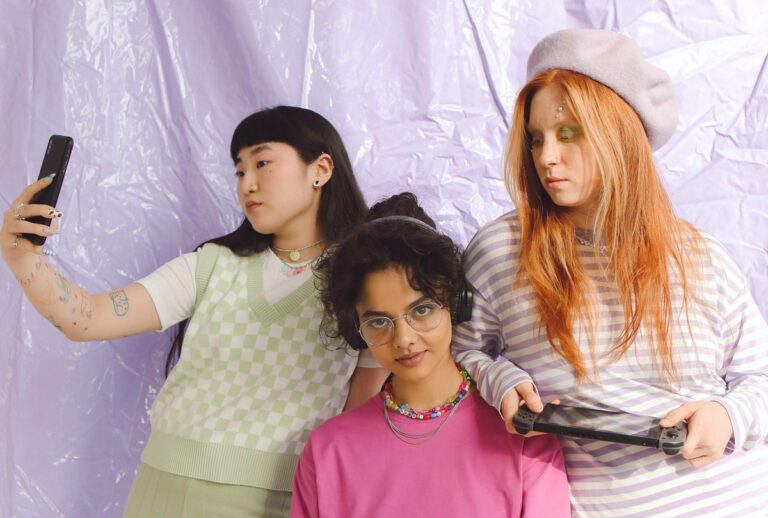TikTok is now testing a disappearing Stories feature with select users
Social media giants have a culture of cloning each other’s products. To date, TikTok’s features have been cloned by YouTube to create YouTube Shorts and Instagram to birth Reels. Even Netflix announced its plans to trial short-form content on its app called Fast Laughs. A recent announcement, however, reveals that the tables have finally turned. TikTok is all set to roll out a coveted feature—rivalling Snapchat and Instagram in the process.
Confirming its plans to The Verge, TikTok is now exploring additional ways for its community to bring their creative ideas to life with a feature called TikTok Stories. The company explained how Stories will be another option in addition to its existing storytelling tools like videos, Duets, Stitch and LIVE. But it’s not meant to replace them.
Social media consultant and industry commentator Matt Navarra was the first to learn about the feature. According to the screenshots gathered, TikTok Stories appear to work similarly to the functions on Snapchat and Instagram. The feature is housed in a newly-added sidebar on the left which can be slid into the screen to access. Here users will be able to view Stories posted by accounts that they follow for 24 hours before they’re automatically deleted.
Users also have the choice to react and comment on other Stories. And just like Instagram, they’ll be able to tap on a user’s profile picture to load their Story.
More screenshots of TikTok Stories pic.twitter.com/1PVfgJ9YWT
— Matt Navarra (@MattNavarra) August 4, 2021
Introducing TikTok Stories ✨🔥
— Matt Navarra (@MattNavarra) August 4, 2021
Plot twist!
h/t @amanfirdaus pic.twitter.com/gvQMzixYtS
TikTok describes this feature as “a new way to interact with your fans.” Users can make a new Story by tapping the ‘create’ button that’s been added to the sidebar. They can then add effects, captions, music and text. Contrasting to the ‘video-first’ concept TikTok has going on, however, users can upload both videos and still images in the feature. Stories therefore provide immense potential for TikTok to tap into image galleries rather than just relying on videos.
One factor that differentiates TikTok Stories from other platforms is that it allows users to comment publicly on a creator’s content. These comments are public, the app explained to TechCrunch, as mutual friends can see each other’s comments. Another tab lets you keep track of the number of views and informs you whether or not you’re following those users. A button will also let you follow people back in one click.
“We’re always thinking about new ways to bring value to our community and enrich the TikTok experience,” a TikTok spokesperson wrote in a statement to The Verge. “Currently we’re experimenting with ways to give creators additional formats to bring their creative ideas to life for the TikTok community.”
Although TikTok didn’t say how long the pilot test would run for, or whether it would result in a public launch, TechCrunch noted how the test has been up for several days. It is currently available to selective non-US users, with the goal of gaining insight and feedback.
TikTok’s announcement comes right after Twitter shut down its Stories features known as Fleets. Many Twitter users also noted how TikTok stories resemble “a vertical version of Twitter’s Fleets bar, even down to the blue rings around creators’ profile photos.”
The fact that TikTok would experiment with Stories, however, isn’t surprising. The ultra-popular disappearing content feature has been a commonplace for social media giants including YouTube, Linkedin, Pinterest and Netflix. Did I mention the Xbox app? Although cloned features aren’t always successful—cue the sad demise of Twitter Fleets—TikTok Stories might just prompt inactive users to generate their own content and engage with others. But just like all features, only time will tell.
TikTok is reportedly introducing stories. You know what’s next... pic.twitter.com/deS0HSpR1H
— Morning Brew ☕️ (@MorningBrew) August 4, 2021





